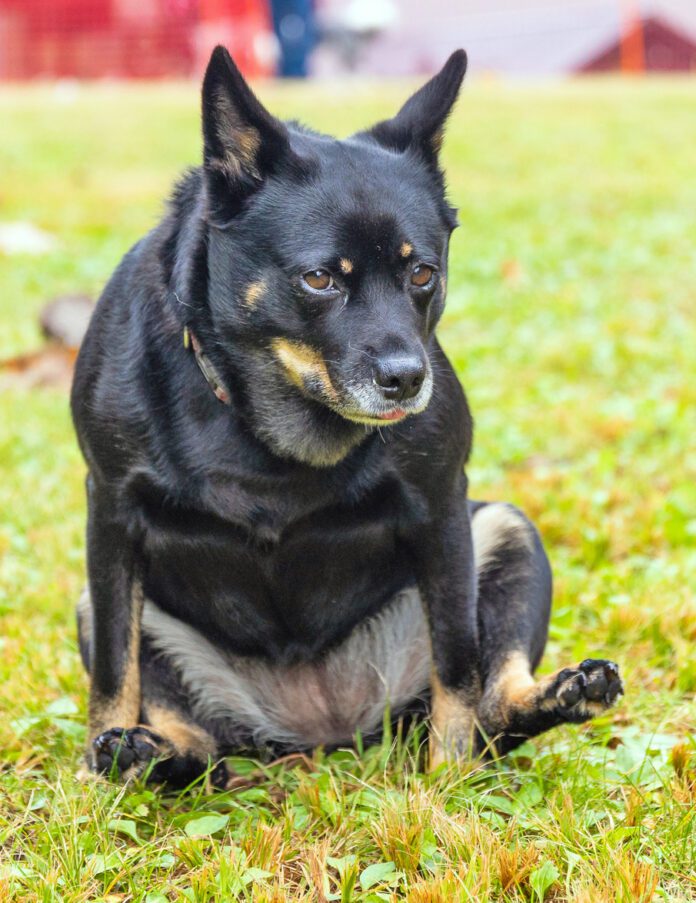Anal gland expression is the act of manually emptying the anal glands for the dog. While this is a procedure best left to a veterinary professional, some groomers offer the service and some pet owners do learn how to safely express their dog’s anal glands themselves.
Anal glands or anal sacs are gumball- to grape-sized sacks on either side of the dog’s anus that contain stinky secretions. If the anus were a clockface, the anal glands would sit at about 4 and 8 o’clock. Most dogs empty their anal glands a little bit naturally every time they have a bowel movement. The passing feces puts pressure on the glands and squeezes some of the secretions out. This keeps the glands at a comfortable size for the dog.
Uncomfortable Anal Glands
When a dog’s anal glands are too full, they are uncomfortable. Some dogs will drag themselves along on their bottoms or “scoot” to try to relieve the pressure. Others lick the area for the same reason. Sometimes owners notice the smell periodically as some of the stinky stuff leaks out from the overly full gland. Any dog showing these signs will feel better once their anal glands are expressed.
Reasons for a dog to be unable to successfully release secretions with bowel movements include:
- Improper positioning of the gland and its opening duct (especially in overweight dogs)
- Thick secretions
- Soft bowel movements
- Allergies (most often food allergy)
Manual Anal Gland Expression
Sometimes expressing the anal glands requires insertion of a gloved finger into the dog’s rectum, especially if the bulge of the overly full glands cannot be seen or felt from the outside. With this technique, the gland is squeezed between the index finger inside the rectum and the thumb of the same hand outside the anus. The process is then repeated for the gland on the other side.
If the bulge of the anal glands can be seen or felt from the outside, they can sometimes be expressed by applying pressure to the outside of one gland with your index finger, simultaneously applying pressure to the outside of the other gland with your thumb on the same hand. With this technique both glands are expressed simultaneously.
Anal glands should only be expressed when the dog shows signs of discomfort. Otherwise, allow the dog to naturally express the glands and decrease his dependence on manual anal gland expression. Adding fiber to the dog’s diet in the form of pumpkin or psyllium powder sometimes helps dogs achieve natural anal gland expression by bulking up passing bowel movements.







Thank you for all the informative articles you post. It is a real shame so many pets are either obese or malnutrition.
Your article mentioned your friend Tim the gifted dog trainer moved to Florida, I was wondering what area in Florida and I’m looking for a good dog trainer.
Thank you
JG